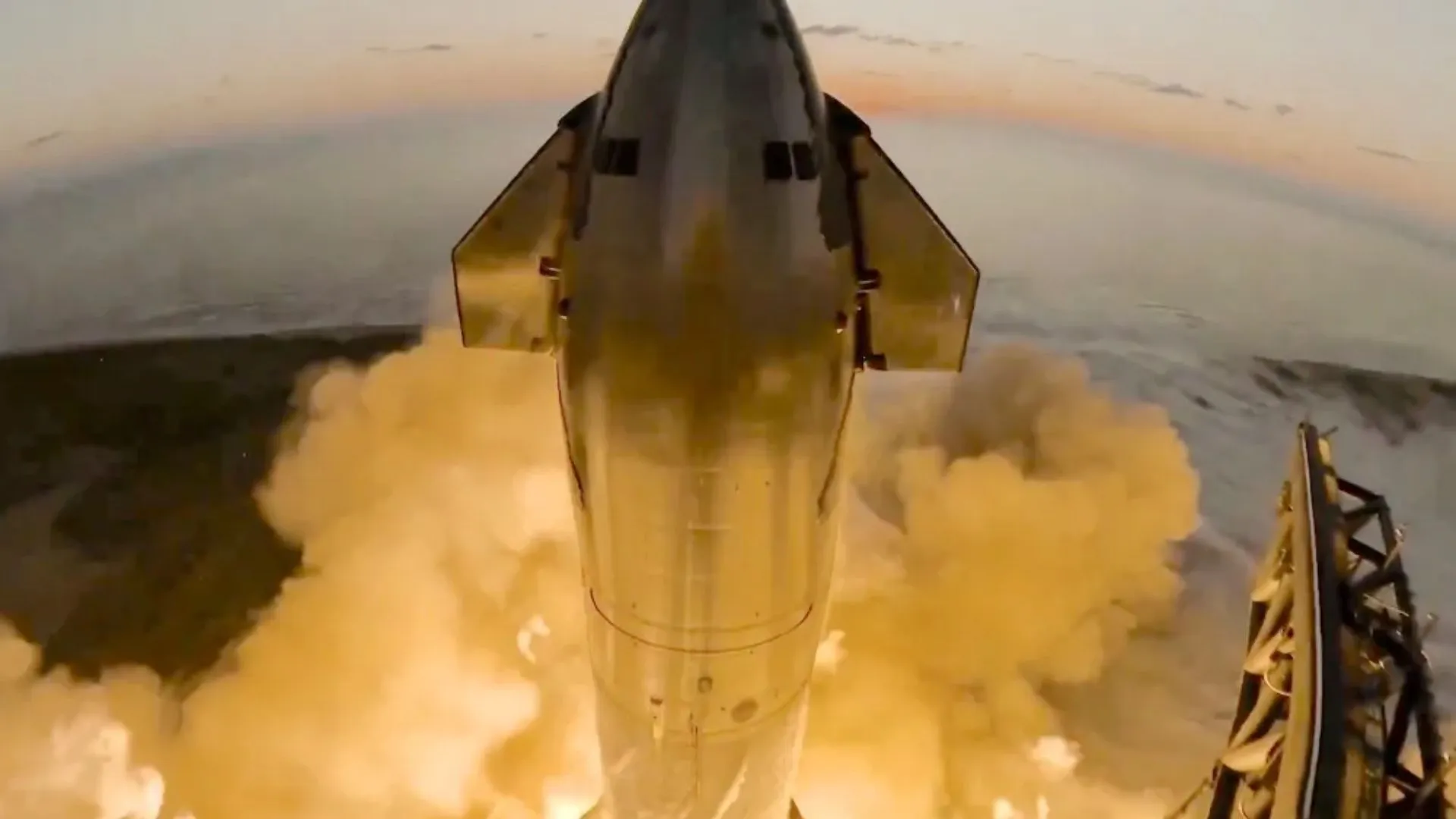SpaceX is making preparations for yet another crucial test of its Starship rocket, which is the next generation of space exploration, after a recent major achievement-the first capture of its Super Heavy booster mid-air. Still pushing forward with grandiose plans, one day to use Starship for crewed missions on the Moon and Mars.
A launch window opens tonight, Monday evening, November 18, for the sixth test of the most powerful and massive spacecraft that SpaceX has built yet. The tremendous progress made in the Starship is simply terrific; however, there are still key milestones to reach before sending humans aboard it in space.
SpaceX’s Road to Starship’s Full Potential
Every test flight brings the company closer to its final objective of putting human beings on board Starship. Yet, CEO Elon Musk and the team do a few more stringent tests before they are ready to send crew out. “SpaceX is already in such a good position with the rocket.” But promises may be higher than what is going to come with the test flight.
The Starship will pass over the Gulf of Mexico, and this time it will land for the third straight time in the Indian Ocean. This is where SpaceX is hoping to replicate a rare success, this time having the Super Heavy booster recovered autonomously returning back to the landing pad, then captured by two mechanical arms.
What to Watch for in the Sixth Test Flight
SpaceX has rescheduled an upcoming test launch to coincide with optimal observing conditions. The 30-minute launch window will be at 5 p.m. EST. Operations are ongoing at Starbase in Boca Chica, Texas, in preparation for liftoff. Compared to other previous tests that flew during the morning, a late afternoon launch window can be expected to provide better conditions for observers and engineers alike.
In addition, SpaceX has made several enhancements to the hardware and safety systems of the Starship. The test launch will see the rocket conduct an orbital burn, a maneuver critical for any of its future missions. Some of the details regarding thermal protection during the spacecraft’s re-entry will be observed during the test launch, as well as how it handles higher angles of attack while descending.
A Giant Leap for Mankind toward Mars and the Moon
Besides becoming a stepping stone to future lunar missions, Starship is an integral part of Musk’s vision for the broader goal of human colonization of Mars. Musk has already announced plans to send its first uncrewed mission to Mars in late 2026, followed by crewed flights in 2028. However, before any of these ambitious missions, SpaceX will need to demonstrate that Starship is capable of conducting complex, high-stakes missions such as those scheduled to support NASA’s Artemis programme.
As part of NASA’s Artemis campaign, Starship is to play an incredibly important role in taking astronauts from lunar orbit all the way down to the Moon’s surfacewhere humans last stepped more than 50 years ago. NASA has contracted SpaceX for $4 billion toward the development of a spacecraft that can take astronauts safely to the Moon and back, and Starship plays a central role in those efforts.
NASA aims to establish a sustainable human presence at the south pole of the Moon in the coming years as part of its Artemis program-an area scientists believe to hold sufficient water ice that can be used for both life support and rocket fuel. This resource base may potentially be a foundation for further crewed missions even all the way to Mars, a goal Musk is working tirelessly toward.
Starship and NASA’s Lunar Mission
Under NASA’s Artemis plans, the Orion capsule will meet Starship in lunar orbit. After rendezvousing, two astronauts will board Starship for a ride to the surface of the Moon, leaving the other two astronauts aboard Orion. The massive dimensions of SpaceX’s Starship, with reusability, make it an essential component in returning humans to the Moon and moving closer toward future Mars missions.
Previous Starship Test Flights: A Record of Progress
Starship, in a way, has become rather different since its first test flight cases that began earlier this year 2023. Although its first three did not see success as they turned into explosions, every successive test results have proved tremendous improvement as opposed to those previous ones. The fourth and fifth tests were successful landings for Starship, which have been put to record in June and October.
A giant step came with the fifth test flight when SpaceX, in addition to landing a rocket, caught the booster in mid-air using its huge mechanical arms: chopsticks. This feat manifested one very important aspect of SpaceX’s visionthat is, making fully reusable spacecraft possible, so that rapid reuse might become a possibility and the costs of any space mission plummet by several fold.
Future into the Vision
Currently, with SpaceX further perfecting the system for the further development of Starship, focus has now been drawn on deepening its capabilities for future missions. The sixth test flight will mark the next step toward preparing Starship for the loads in crewed space exploration. In addition to perfecting its thermal protection and propulsion systems, SpaceX plans to refine the rocket’s handling of high-speed descent and landing to ensure that this system may safely transport cargo and astronauts into orbit and beyond.
With Musk’s ambitious plan for colonization of Mars and with NASA’s intent on landing on the moon, development of the Starship stays in the future with much excitement amidst the world of space exploration.
ALSO READ:Falcon 9 Soars Again: SpaceX Launches Key Starlink Satellites




